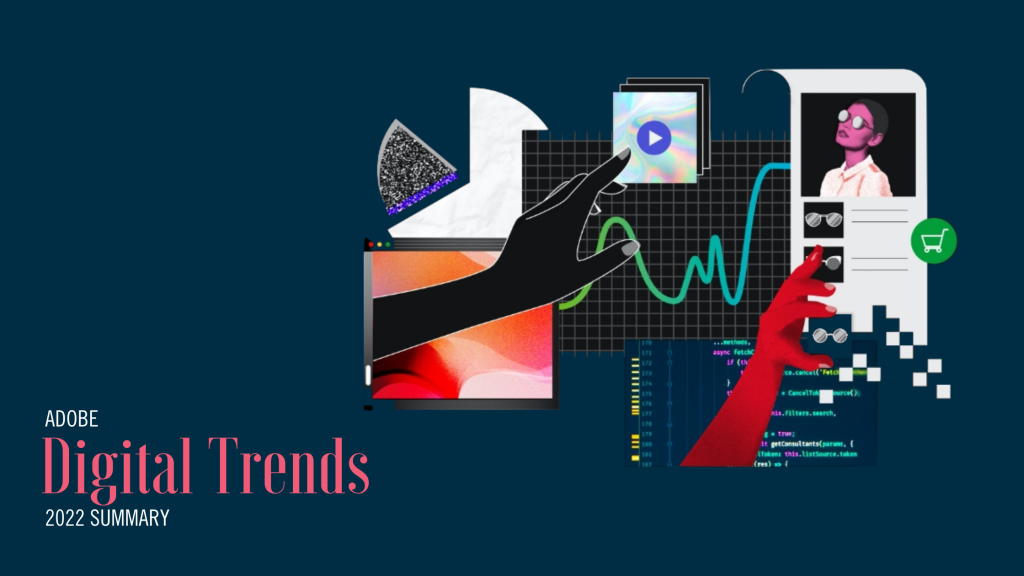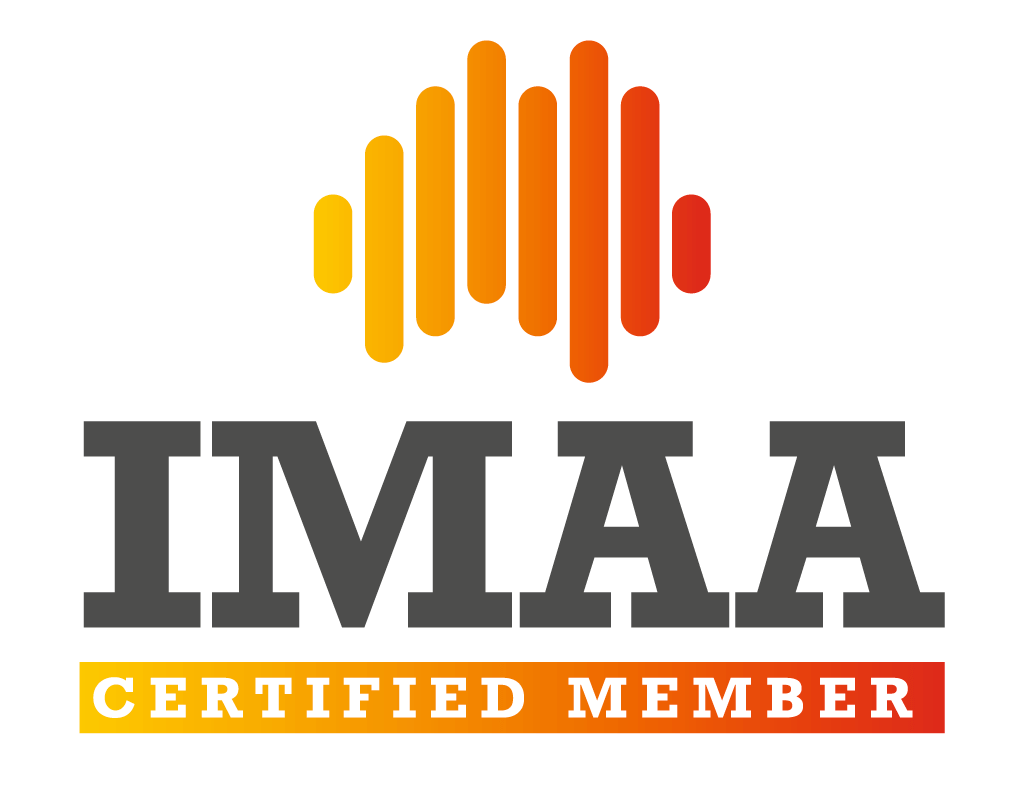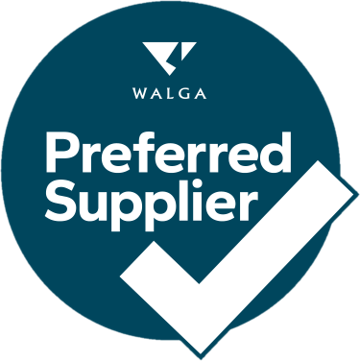Unlocking the Value of MDF: Why Channel Partners Need Flexible Marketing Execution

As part of a regular content series from our experienced global leadership team, Gabi Woodbridge, Business Director, Queensland, dives into the misunderstood alignment between business growth goals and marketing budgets. In the world of vendor-partner ecosystems, Marketing Development Funds (MDF) are the not-so-secret weapon for scaling awareness and accelerating growth. Yet, despite millions being allocated […]
Marketing Is Not a Cost Centre. It’s a Profit Centre.

As part of a regular content series from our experienced global leadership team, Gabi Woodbridge, Business Director, Queensland, dives into the misunderstood alignment between business growth goals and marketing budgets. One of the most common things I hear when speaking to prospective clients is: “We have very limited budget.” Followed closely by: “But we […]
Ways to use marketing to quickly scale your web traffic

Ways to use marketing to quickly scale your web traffic. The impact of the pandemic on businesses over the last couple of years has been devastating. Still, if there is one silver lining, this has shown us all the importance of being agile and ready to capitalise on opportunities as they present themselves. We are […]
The Power of Recurring Revenue: How Subscriptions Can Transform Your Business

We all know that one business that pisses you off as a customer but as a business owner, we get it; we’ve all been there. Profit is low, and the pipeline is dead. The usual way to increase revenue is to get on the phones, cold calling, warm calling, emailing and sending sms’ to the […]
7 Things Every B2B Marketing Plan Must Include

Take a moment and cast your mind back. Back to the 80’s when marketing was simple and was more about sales than branding. It was a time when you named your business AAA Electricians or A-Z bookkeeping so that you were on the first page of the yellow pages. When your monthly marketing budget was […]
Adobe Digital Trends 2022 – Retail Focus

Adobe Digital Trends 2022 – Retail Focus report, which was based on Adobe’s annual survey, highlights the evolution of the retail customer experience, and emphasises the importance of creating a strong digital customer experience that is, ideally, ahead of customer expectation. Although digital has been fundamentally present in the past decade, the impact of the […]
The Indispensable Role of Sales Rep for B2B Focused Companies

In today’s digital age, everything, from products and services to the information we seek, is easily available online. Unlike decades ago, when you needed a person, known as a sales representative, to explain the specifications of your potential purchase, you can now read these insights online without involving another person. But, when it comes to B2B market, the role of sales representative still matters.
Four Reasons Why You Should Be Outsourcing Your Marketing

If you’re reviewing how to approach your business’s marketing activities in 2019, you may be considering outsourcing the marketing function. Outsourcing can be a great alternative to hiring a full time Marketing Manager, and here’s why!
Realising the Power of Research

As business owners, we know our business inside out and back to front. But sometimes we forget that we’re not the customer. Hours spent behind the desk, though we would never admit it, it can mean we’re out of touch with the customer – what they want, and how we can help them. That’s why research is so important.
#Hashtags aren’t the answer to increasing your Instagram engagement

Recent investigation by media monitoring company, Mention, has discovered that the act of hashtagging Instagram posts, does not actually increase engagement. But don’t freak out on us yet, because the same researched revealed that tagging other users in your posts will get those likes and comment numbers up!













